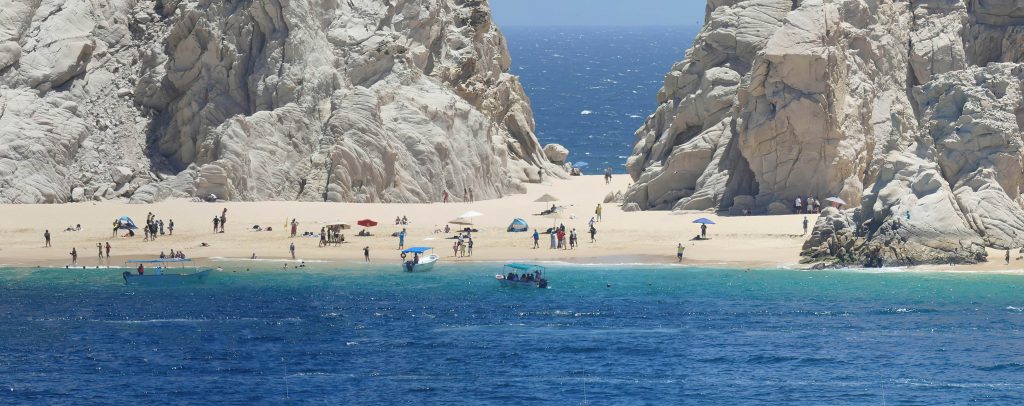
How do you organize your thousands of images so you can quickly find that perfect shot from a 2017 trip? The approach below was developed for submitting to microstock agencies, but works for anyone with a large collection of images. With this method it takes only a few minutes for me to find a specific image from over 70,000 in my archives.
Making money from your photography seems so simple
Just upload your images to a microstock agency, then sit back and let the money flow in. But it’s soon clear that there’s a lot more to do. And today it’s harder than ever to make a reliable income from microstock. Newcomers are quickly overwhelmed with tasks:
- keeping track of where images are on disk
- watching what’s been submitted to which sites
- how each site reviewed each image
- where the original image now resides.
I’ve dealt with variations on this problem for over 40 years. First, with slides and classical stock agencies [often called rights managed, with examples like Corbis and Getty]. I went thru multiple physical organizing systems – sorting by shoot, by slideshow, by topic, etc, Eventually I settled on metal filing boxes for over 40,000 slides organized by category. I also kept a simple spreadsheet list of slide numbers and captions. I’ve shot digital since 2001 and problems quickly multiplied with the greatly increased number of images now created, now well over 70,000 unique images (250,000 images including various post-processing versions while keeping the original)
Most photographers aren’t computer programmers, but some computing-oriented approaches are helpful. Rather than choose a software solution and force it to fit your needs, take some time to analyze what you’re currently doing versus what you’d like to be able to do. At that point you’ll discover the workflow system works best for you. Only then decide what actual software might be needed.
Here’s how I proceeded.
I knew a major problem would be managing thousands of images at several stages — new images, edited images, captioning, submitting, tracking, and analyzing. (If you produce fewer images, the process will be much easier since you may be able to take each shoot completely through the process from initial creation to tracking after submitting to multiple agencies. A simple word processing program may be all you need to keep track of everything.) The entire process could be automated, but for all but the largest shops, this is overkill. Most people find a mixed system works well –combining old fashioned physical means with automated ones
Now you’re ready to decide how the new system might achieve these goals. I identified two major needs:
First, assign a unique number for each image
Filenames produced by your camera aren’t suitable for this system. But using text names like “statue of liberty1” won’t work either and requires considerable time creating unique names. What’s needed is a single identifier for each image, that contains enough information to be able to sort by date.
There are various ways to do this. My files are renamed to
yymmdd-xxx.JPG
Photoshop or Lightroom does this for you or you can run a batch process on a group of images taken on the same day and rename them with the year, month, day and a serial number. The result is a group images that will always be simple to sort, with no duplicates.
Sequential numbering has a major advantage over using text.
When traveling, I try to caption every night, based on my notes. But I only need to identify the 1st image of any major sequence. For example, in India, I might need only 3 captions to mark 300 images
- 220101-002 Arrival in Delhi
- 220101-200 Arrival in Agra to visit the Taj Mahal
- 220101-322 Ganges river
There’s no need to caption everything else right now
When I am editing image 220101-145.jpg weeks or months later, I immediately know it was taken in Delhi. We often visit many mosques or temples in a day, so I’d add the number for the first image at each temple. This gives me time for other activities.
Second, I need to store images in one place for simple retrieval.
It’s important to have one place where all images can be found.
Once these decisions were made, the solution was simple
I could quickly see there was no need for a database. A database requires too much maintenance, and a simple excel spreadsheet will do a better job. The result is a solution that allows:
- Storage of images for easy retrieval
- Fast sorting by date, topic, etc
- Instant access to any submission in progress
- Ability to track and analyze images accepted
We’ll see how to accomplish this in Part 2.